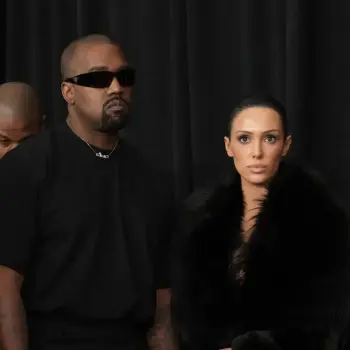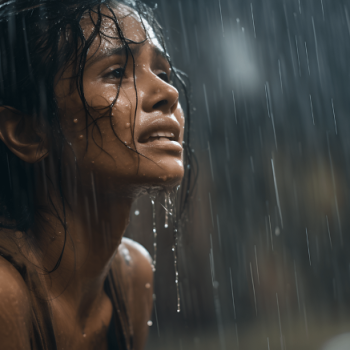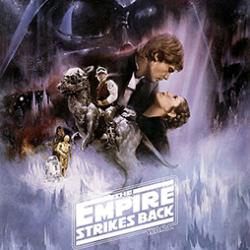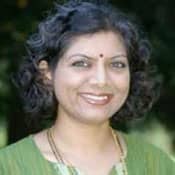Aradhana (pronounced "aaraadhana") is a Sanskrit word meaning worship, serving (as in a deity), a means of pleasing, honoring. This word is very important to those who love the sacred music of Southern India, known as Carnatic music. Every Easter, aradhana also has an important meaning to many Hindu Americans as they celebrate the life of the Hindu saint-composer, Thyagaraja, at Cleveland State University.
The Cleveland Thyagaraja Festival is the largest Indian classical music festival outside of India: first celebrated in 1978, it has now grown to be an 11-day event starting just before Good Friday, with more and more participation from young people who are growing up blending their American lifestyles with Carnatic training, which grounds them in the sacred music of their Hindu ancestors.
As a child, I too had an opportunity to learn Carnatic music. My violin at school had to be re-tuned every day to the appropriate scales; Carnatic music is a very complex system, with distinct raga (melody or scales) and tala (rhythm) for each song. While I didn't persevere in becoming a musician myself, I always retained a strong love of the art form, and eagerly sought opportunities for my children to love it and learn it as well. I even wrote about it a decade ago for the widely-read Indian-American weekly India Abroad, bemoaning the fact that the classical arts of India don't get as much recognition in America as Bollywood and bhangra music.
Hindus of every sampradaya (similar to denomination) cherish art and culture, considering it sacred, and Hindu shastras, or scriptures, establish guidelines for music, art, drama, and dance, which are expressions of faith and devotion. The Carnatic tradition—fairly different from the Hindustani tradition of the Beatles' guru, sitar maestro Pandit Ravi Shankar—is rooted in southern India, and hence does not have the level of Muslim and Persian influence one finds in its north Indian classical music counterpart.
Both styles draw largely from the Hindu epics: the Ramayana, the Mahabharata, and the many Puranas. Both are often compared to jazz music for the improvisation and freedom the performer has in interpretation. Thyagaraja is much older than jazz: an 18th-century prolific composer, the Mozart or Beethoven of his day, his music lays the foundation for many music festivals all over India and the world. His lyrics speak of love for God, as personified by Sri Rama, the ideal of dharma. The emotions expressed in the words are also conveyed through the melody of each song: sahana, which suggests karuna (compassion); or athana, which conveys elation, the elation of finding a path to the Ultimate. One of the most popular melodies is the raga mohana, which Thyagara uses to describe how wonderful and enchanting he finds Rama to be.
Musicians come from all over, and the famous ones are mostly from India, to participate in these music festivals, to sing and share their expertise, and provide inspiration to the people in attendance. I am often in awe of the artistes—such as a recent concert by Carnatic diva Sudha Raghunathan, the living Carnatic legend Dr. M. Bala Murali Krishna, and Chitraveena Ravi Kiran, a leading instrumentalist who is so named for the instrument he plays (the chitraveena). Their devotion to this art is on a different plane, and yet their enjoyment of their improvisation makes it fully accessible to their audience, aficionado and novice alike. But the ones I am most in awe of are the young Hindu American musicians, who persevere and seek balance through their juggle of East and West.
My children and many other Hindu Americans like them are taught Western music at school, with a focus on the sacred music of the West. The position of the Music Educators National Conference is "that the study of religious music is a vital and appropriate part of the total music experience in both performance and listening. To omit sacred music from the repertoire or study of music would present an incorrect and incomplete concept of the comprehensive nature of this art."
But the sacred music that is taught in school is of the Christian or Abrahamic faiths, and so, at homes, at temples, and other venues in the community, many Hindu American children are schooled in the sacred art forms of their Hindu faith tradition. Through small group and/or individual instruction, these youth learn a new system of music, starting with the building blocks of swaras, the solfa syllables that make up the intricate but logical system of scales, slowly moving through a method of instruction, predominantly an oral tradition, developed between the 16th and 20th centuries by composers such as Purandara Dasa, and later Thyagaraja and his contemporaries.





